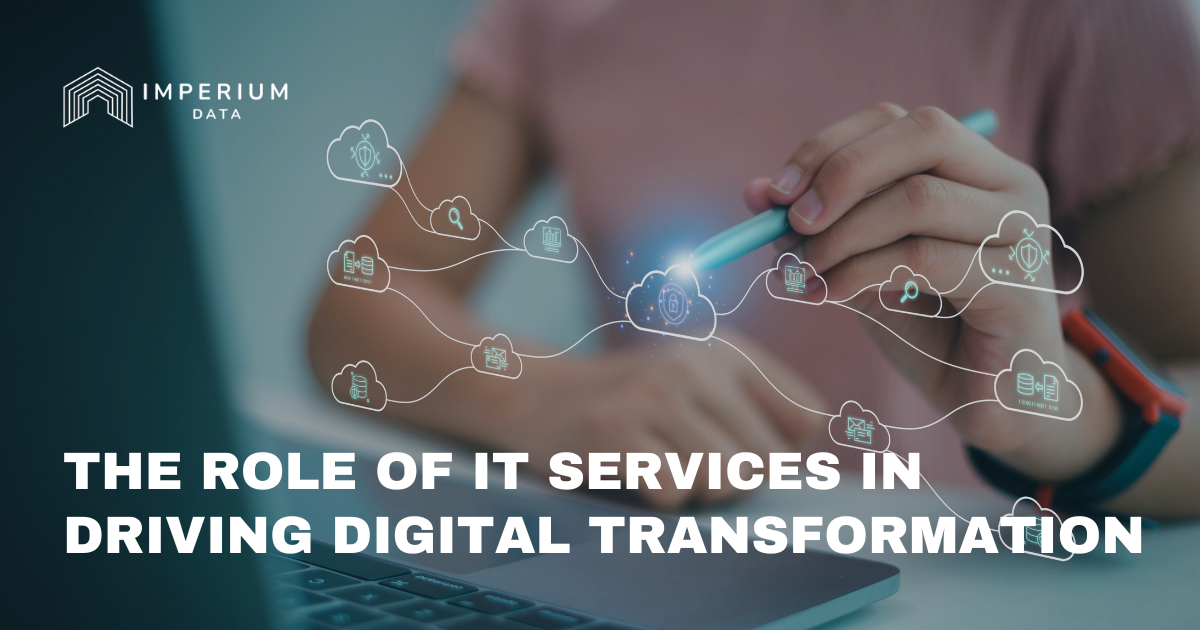A Disaster Recovery Plan (DRP) is essential for any successful company and its business operations because a disaster today can jeopardize everything tomorrow. And the question isn’t really whether you have a Disaster Recovery Plan or not. It’s what kind do you have?
If you have a specific, actionable plan, with resources dedicated to its success, your plan includes a quick recovery and a continuation of your business. If you don’t, the default plan — cross your fingers and hope for the best — includes significant downtime, a failure to meet your obligations to clients and vendors, critical data loss, and an uncertain future for your company.
Successful executives understand the importance of creating and implementing a plan to continue business operations in case of a disaster, whether that means an event of nature, application or equipment failure, or cyber-attacks. But even then, all plans aren’t created equal.
Disaster Recovery vs Data Recovery
Some managers think they have a disaster recovery plan when they really have a data recovery plan. On its own, recovering data certainly has value. In case of a disaster, you can get your important information back. But it doesn’t necessarily include a plan to actually process and utilize that data in case of system or hardware failure, or cyber attack. With your data intact, you can get your business up and running eventually. But if you have no way to do business immediately with that data, you’re standing still while the infrastructure gets repaired or replaced. And while you’re waiting, the entire operation suffers, perhaps critically.
A DRP includes not only restoring information and access to it but all the hardware, network protocols, and threat protection necessary to get the operation up and running. Data recovery gets the records back. Disaster recovery gets the business back.
Going It Alone
A DRP that gets the company back on its feet requires more than simple planning. It involves an investment in maintaining backup methods of operation and access to immediate hardware restoration. An effective DRP will also need clear instructions as to what each employee’s responsibility is in the event of a disaster, and who oversees the recovery. And those investments and instructions will need to be reevaluated regularly to ensure it’s up to speed with how the business operates.
This type of plan can be expensive and time-consuming if a company handles it by itself. While a DRP is essential to keep the business running if a disaster occurs, its implementation takes up business resources and management focus away from core operations. And the frequent need for evaluation and update takes up even more time and resources for the individuals in charge of it.
DRaaS
While you can’t really opt out of having a DRP, you can choose to make it as easy to implement and maintain as possible. More business leaders are turning to Disaster Recovery as a Service (DRaaS) to provide an efficient solution to a problem that could occur at any time.
DRaaS takes every aspect of successful DRP execution and management and puts it in the capable hands of industry leaders who specialize in efficient restoration. They handle every aspect of your DRP, meaning a catastrophe can be turned around with a few clicks on the business side. A fast solution saves time, which saves money, which can save the company if disaster strikes.
Mirror, Mirror
DRaaS uses cloud-based resources to mirror integral aspects of your business, creating frequent recovery points that can be accessed at any time. Your applications, security, data, software, and systems are mirrored and stored remotely, so a local disaster doesn’t affect your ability to get things up and running. DRaaS essentially allows you to restore a “copy” of your business if the real operation experiences crippling downtime for a variety of reasons. The necessary data can be sent directly back to your local servers (if operational) or to a remote location, and it can be done with minimal interruption or loss of essential features. A seamless transition to a different environment allows a business to identify and repair any issues, or recover from a natural disaster, without losing the ability to serve clients and customers.
These services can be (and should be) tested regularly to ensure that they’ll work when needed. In case of a disaster, the vendor can assist the IT department in restoration or handle it entirely, depending on the needs of the company.
Speed is Essential: RPO and RTO
Knowing you’ll get your business back in the wake of a disaster offers peace of mind, but it’s equally important to know how quickly it happens, and how much data is lost by utilizing the most recent backup.
When you work with a DRaaS provider, you’ll let them know your expected Recovery Point Objective (RPO), which is the amount of data you can afford to lose when going back to the most recent save point. You’ll also identify your Recovery Time Objective (RTO) which is the amount of time you can wait to get operational again.
While all managers want the answers to be “lose no data” or “be back immediately,” it’s important to understand the true needs of your business. As RPOs and RTOs get smaller, costs go up. And since the alternative could be losing your ability to do business for weeks, it might make sense to budget a minimal amount of data loss and a little time to recover in order to have an affordable DRaaS solution in place. Each industry and business will have to evaluate their needs in these areas.
Need More Information?
Getting the right DRP in place means executing a plan that’s affordable, effective, and suited to your business and its requirements. Imperium Data Services can help you find the right backup and disaster recovery solutions that will provide peace of mind now, and essential services in the future. Use our contact page to learn more.



